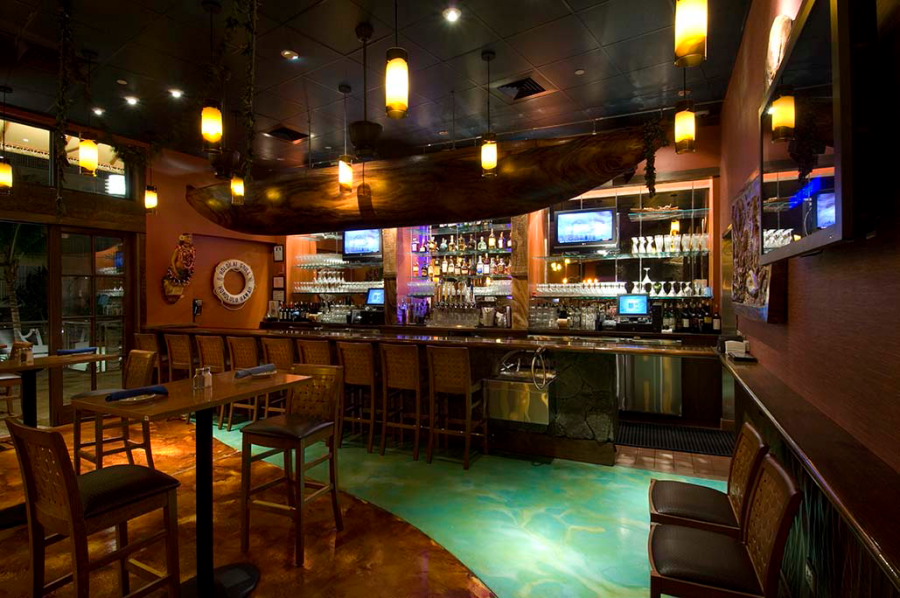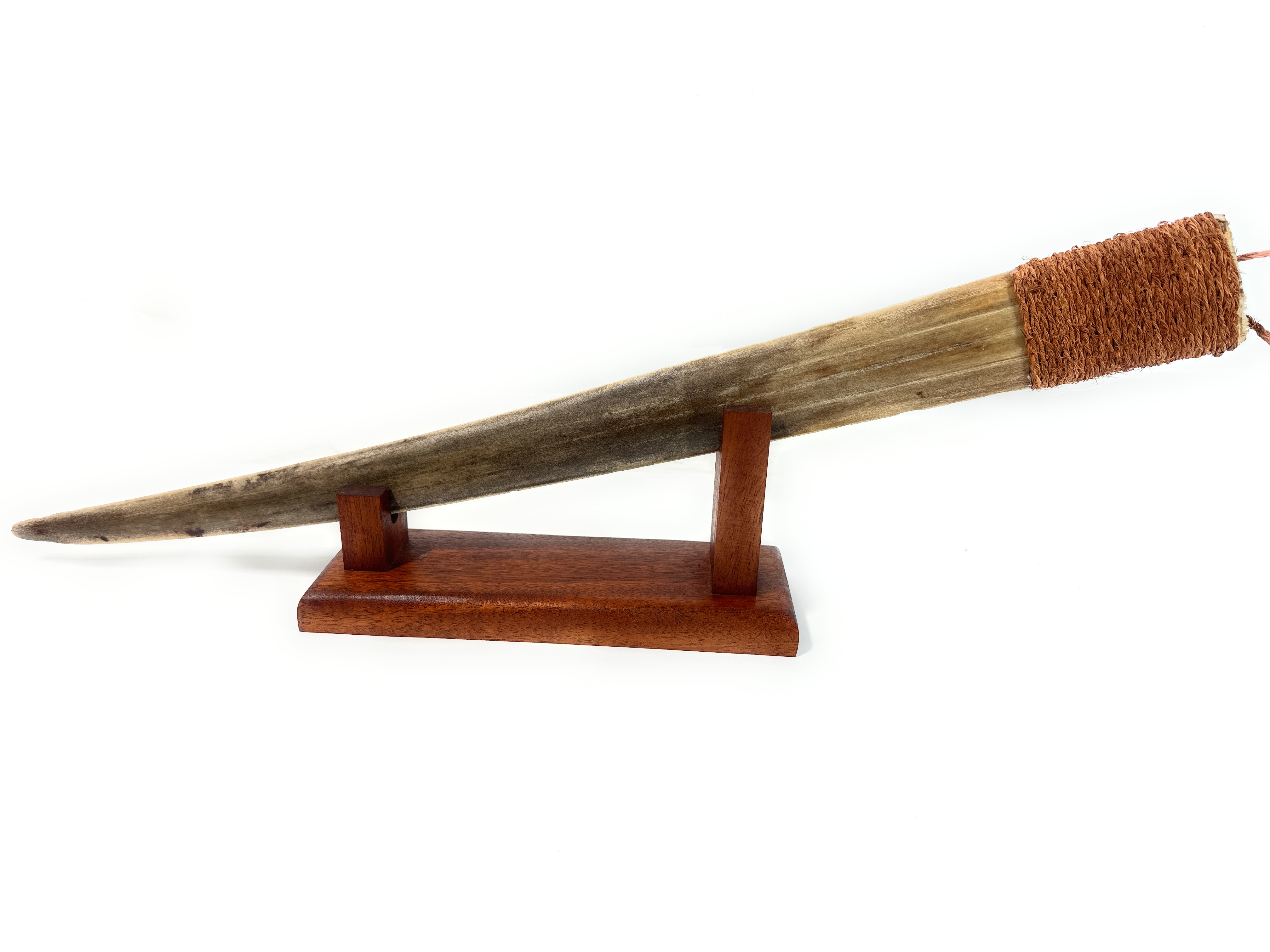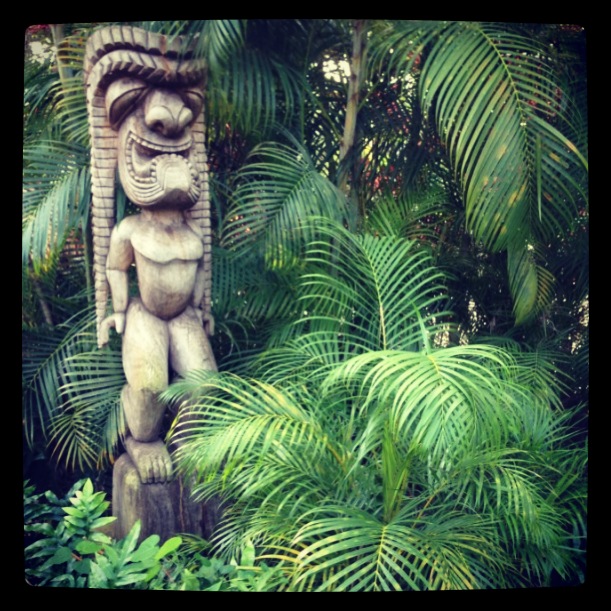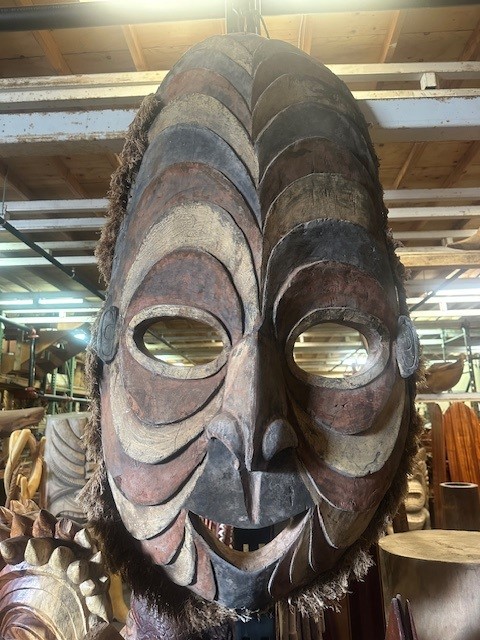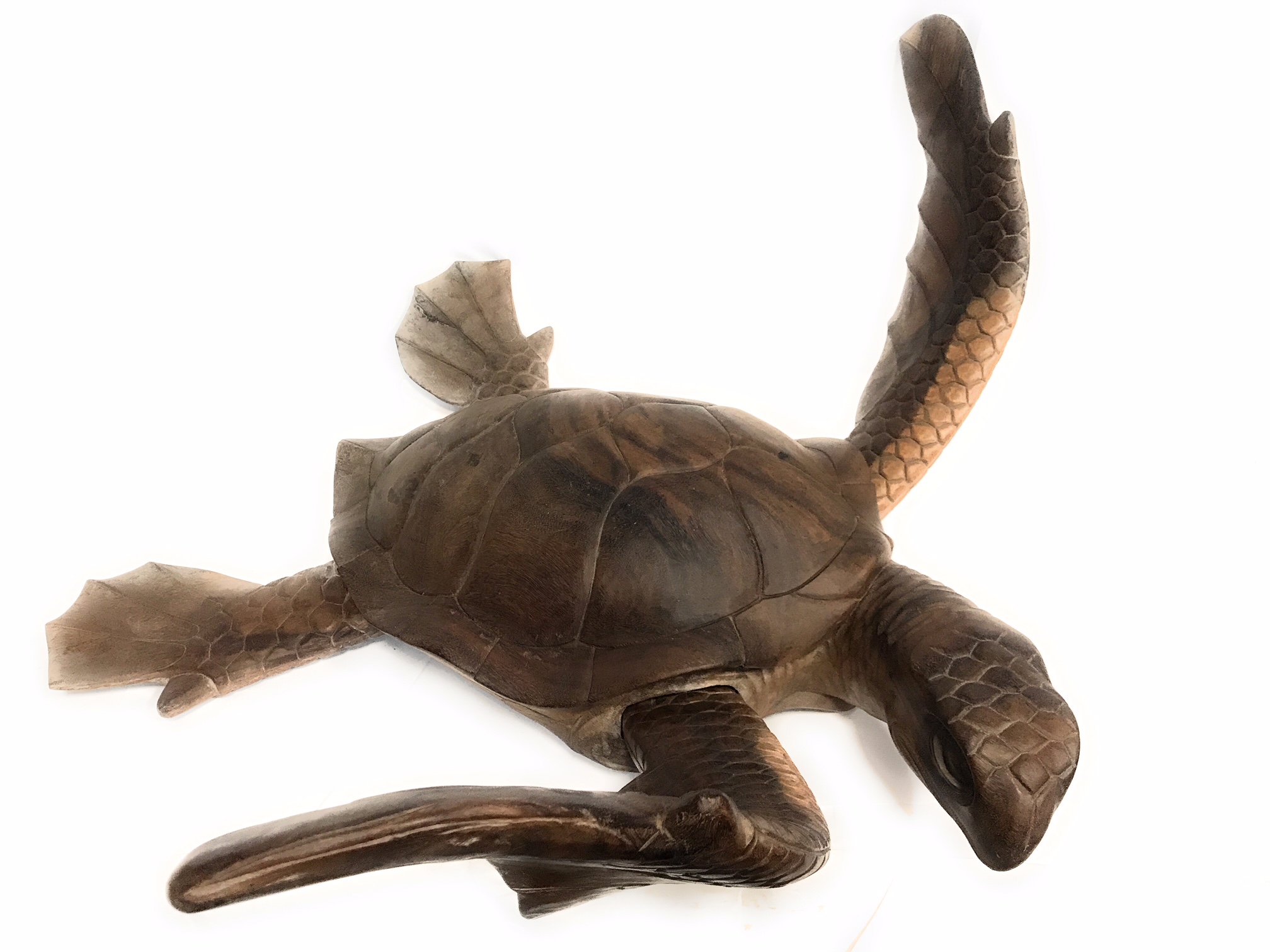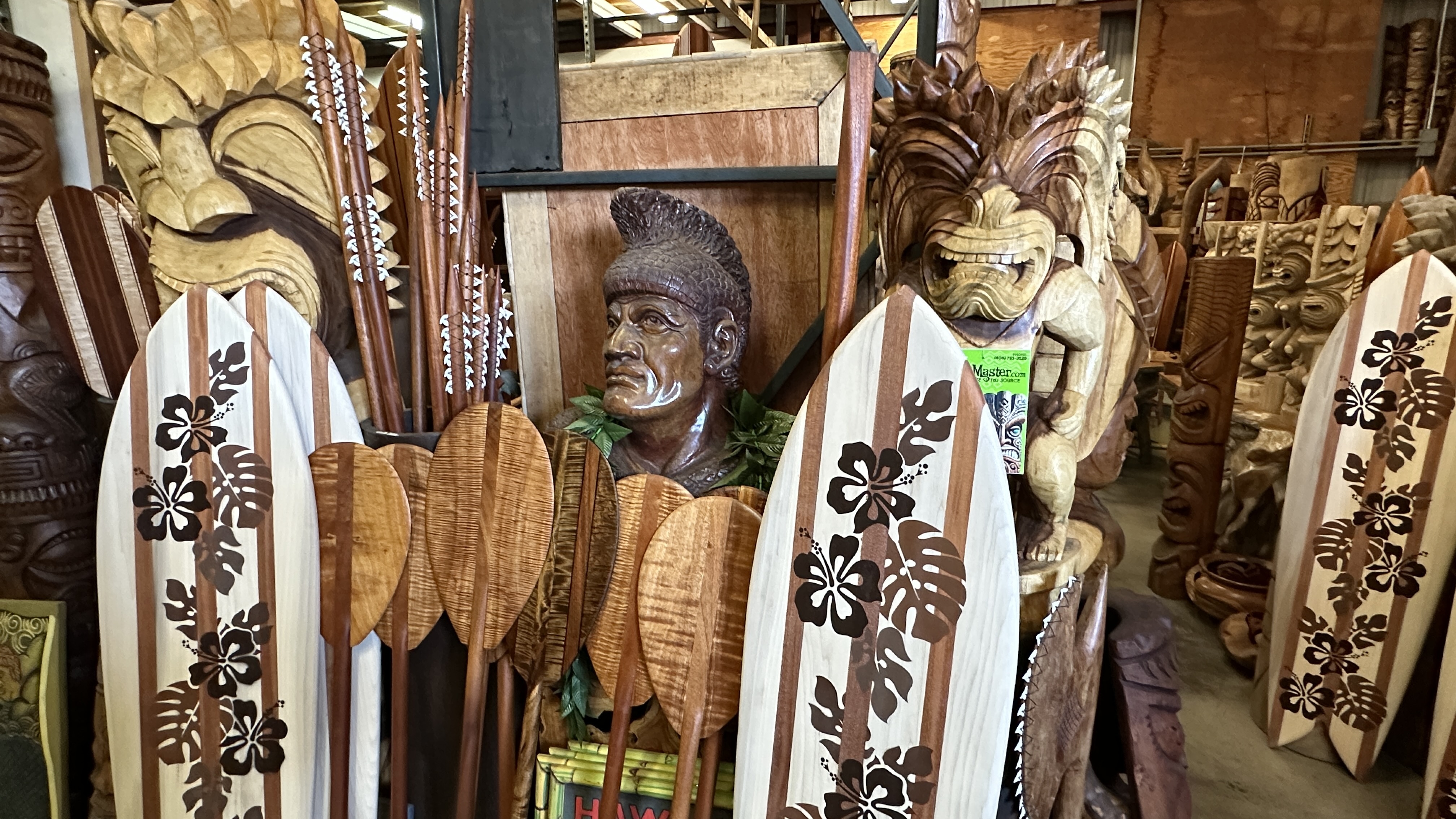What are the steps to sculpt a tiki?
Sculpting a tiki can be a fun and creative project that allows you to unleash your artistic skills. Whether you're new or skilled at sculpting, these steps can guide you in making an impressive idol face artwork. Below are the 8 steps to follow to carve your first tiki mask. Upon completing your first project you will earn the status of master carver.
1. Gather your materials: Start by collecting all the necessary materials for your Hawaiian sculpture. For this task, you'll require a piece of wood or stone, it is important to use some lumber that is green as opposed to dry.

You will also need carving tools such as chisels and gouges. Additionally, you will need sandpaper, a chainsaw and some chisels. Lastly, for safety, you will need a mask or goggles to protect your face.
2. Prepare your design: Before carving, it's important to know exactly how you want your mask or figurine to appear. Research different Hawaiian sculpture designs and choose one that resonates with you. Sketch out your design on paper, considering the proportions and details you want to incorporate. Popular designs include the Easter Island tiki and the 5 main Hawaiian gods: Ku, Lono, Kanaoloa, Pele, and Kane.

3. Draw the outline of your tiki idols on the wood or stone using a pencil or marker. After drawing your idol, this step will help you shape and maintain the correct proportions of your sculpture.

4. Rough carving: Begin by removing excess material from the block to create a rough shape of your tiki statue or mask. Use larger tools to remove the bigger chunks of wood or stone like a chainsaw, gradually shaping it better as you go. Take your time and be cautious, making sure not to take off too much material at once.

5. Add details: Once you have achieved the basic shape of the hand carved tiki, it's time to add intricate details to your idol. Use smaller tools to carve facial features like eyes, nose, mouth, and other decorative elements you want. Be patient with this stage, as it demands accuracy and patience.
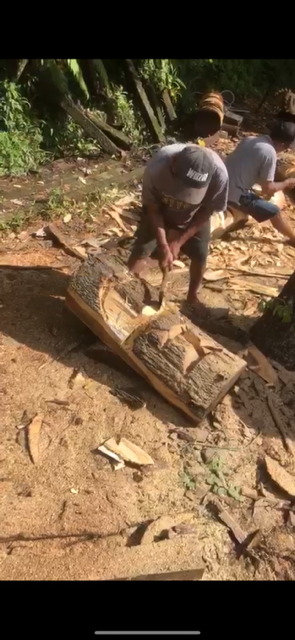
6. Refine and smooth: After carving out the details, use sandpaper to refine the surface of your sculpture. Start with coarse-grit sandpaper to smooth out any rough edges or imperfections. Gradually move to finer-grit sandpaper to achieve a polished and smooth finish.
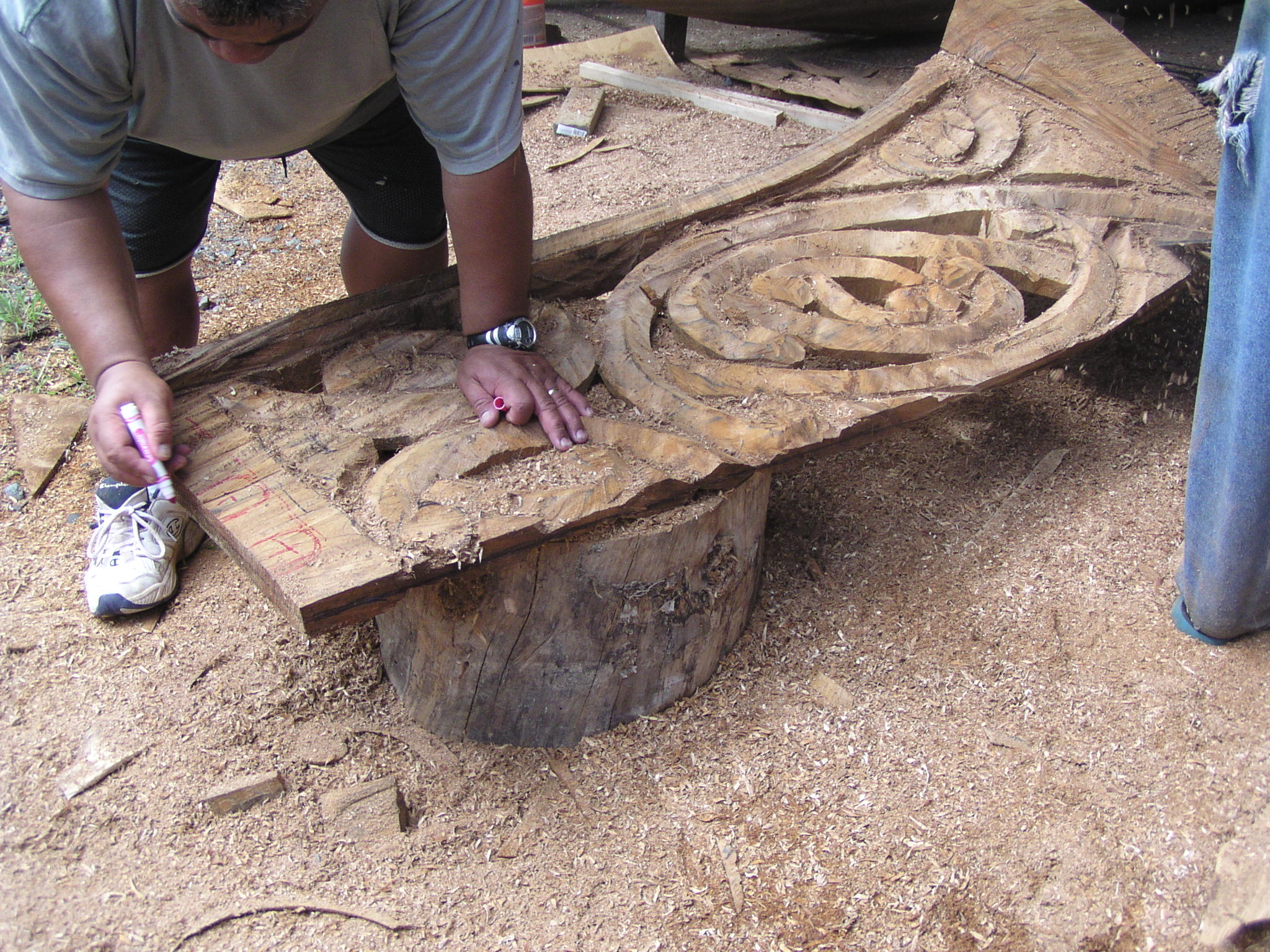
7. Final steps: When you're happy with the sculpture's shape and smoothness, it's time to add the final touches. Apply varnish or paint to protect and maintain the sculpture's appearance for many years. You can also experiment with different coloring techniques to give your carving a unique and vibrant look.
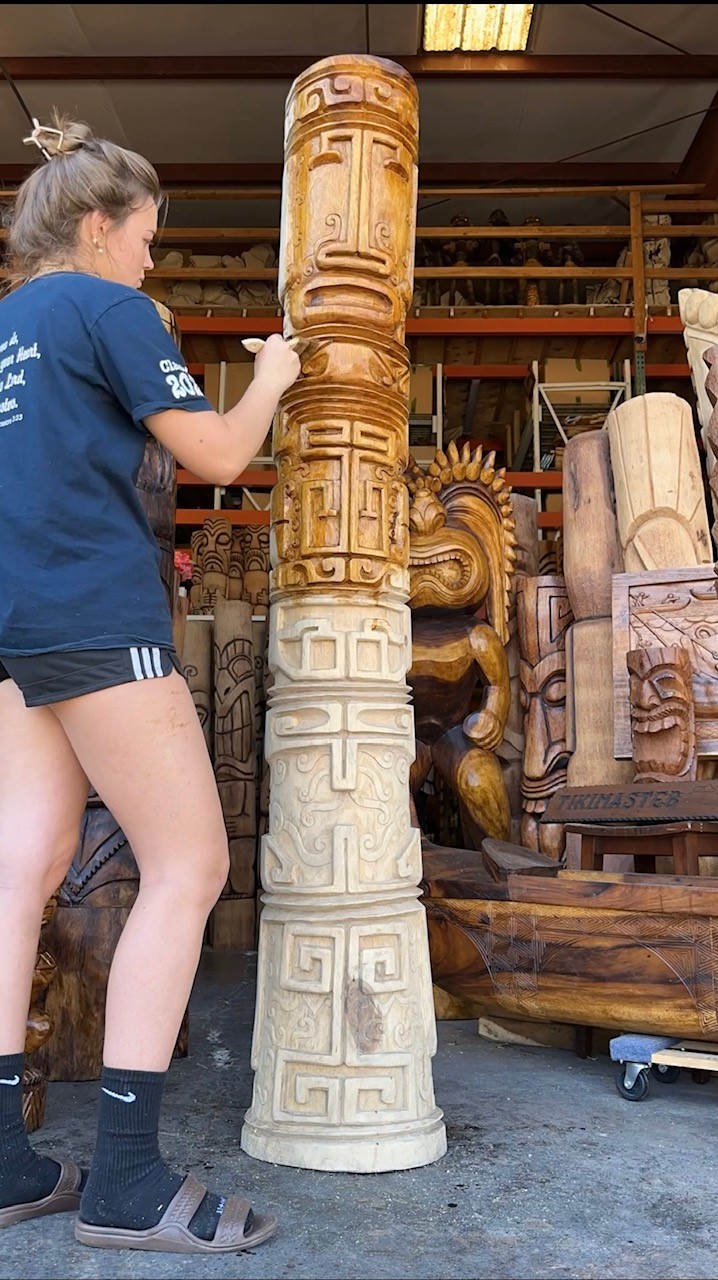
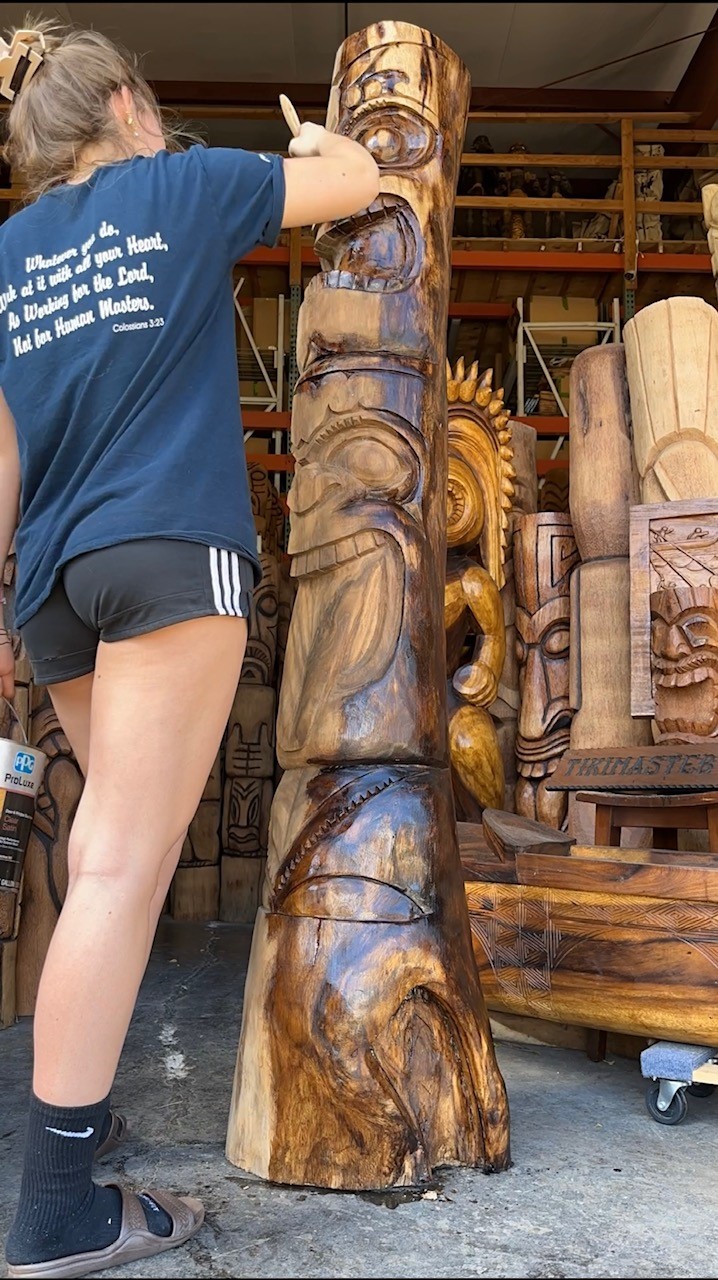
8. Display your creation: Finally, find a special place to display your tiki sculpture. Whether it's in your garden or inside your home.

Tiki culture from Polynesia has a captivating history that fascinates people worldwide. Ancient Polynesia is where we can trace the roots of this culture, where the people revered and worshipped the idol gods. People thought gods had special powers and showed them as wooden statues.
European explorers discovered Polynesian islands in the 18th century and found the unique Tiki culture fascinating. They shared tales of fascinating gods and their rituals, sparking curiosity and interest in the Western world.
In the 1900s, Tiki culture became popular again in the US, with many new Tiki bars opening nationwide. Hollywood's influence and escapism helped people during the Great Depression and World War II. Movies like "Mutiny on the Bounty" and "South Pacific" increased interest in Polynesian islands and Tiki culture.
Tiki carving were significant in the movement. They changed from idols to sculptures.
In the 50's, jail authorities required inmates to carve tikis, creating idol and tiki face wall hanging artifacts. Carver tiki was then being sold to companies at a much lesser price.
They spread across the East Coast to the Pacific Ocean. This includes Hawaii, Tonga, Samoa, Tahiti, and the Cook Islands where volcanic rock carving is part of their cultures. The meaning of a idol face in Hawaii and New Zealand for instance will have a completely different meaning.
Tiki bars and restaurants began to emerge, offering a tropical oasis for people to escape to. Menehune-inspired decor adorned these establishments, featuring bamboo, thatched roofs, and, of course, Tiki statues. These places got popular as people wanted to try new things and enjoy the calm island vibes.
In contemporary design, Polynesian cultures has become a popular theme, with its vibrant colors, bold patterns, and tropical motifs. Various forms feature Tiki-inspired elements, from home decor to fashion. Hawaii mugs, for example, have become collector's items, with their unique designs and intricate details.
Furthermore, Hawaii culture has influenced the world of mixology, with Polynesian cocktails gaining popularity. These drinks have rum, tropical fruits, and spices, making them taste refreshing and exotic. Tiki-inspired cuisine has also emerged, with dishes like Hawaiian poke bowls and Polynesian-style barbecue becoming increasingly popular.
Hawaiian culture has greatly influenced modern design, with its vibrant and tropical style captivating people's minds. The topic has a long history and lasting charm. Vintage tiki stuff from the 50s is popular to collect, especially tiki mugs.
Tiki bars have evolved significantly over time. They originated in the mid-1900s and have now become a popular and diverse part of today's bar scene. Hawaii-themed bars started in the US in the 1930s and 1940s, influenced by Polynesian culture. They gave people a chance to experience a tropical getaway and try something different.
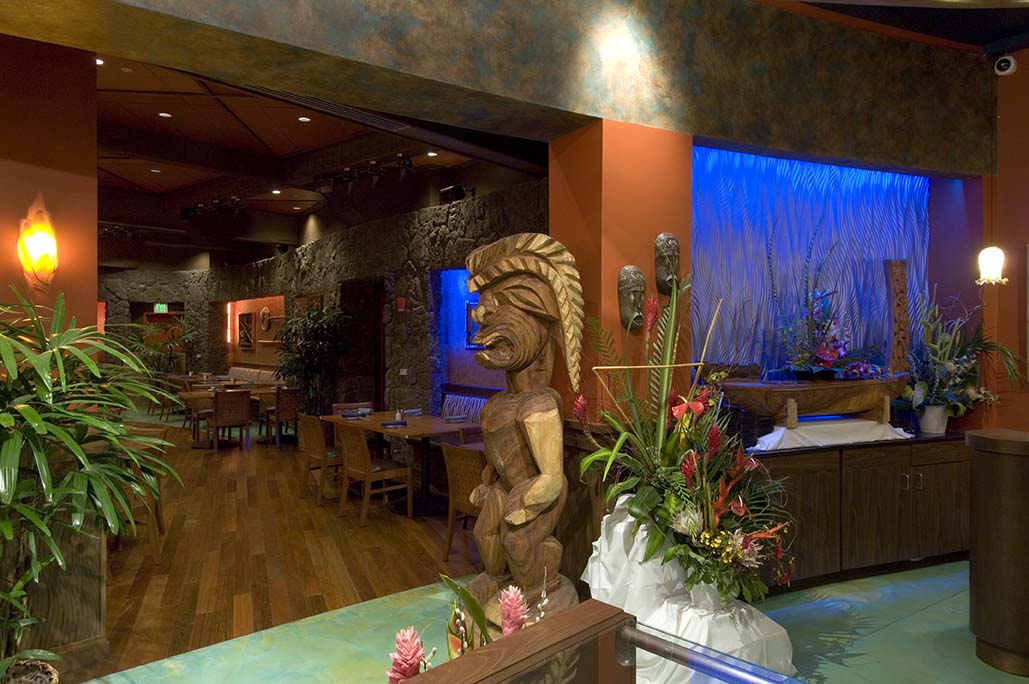
Tiki bars used to have fancy and cheesy decorations like bamboo furniture, thatched roofs, and tropical designs. These establishments aimed to transport customers to a fantasy world of palm trees, hula dancers, and rum-filled cocktails.
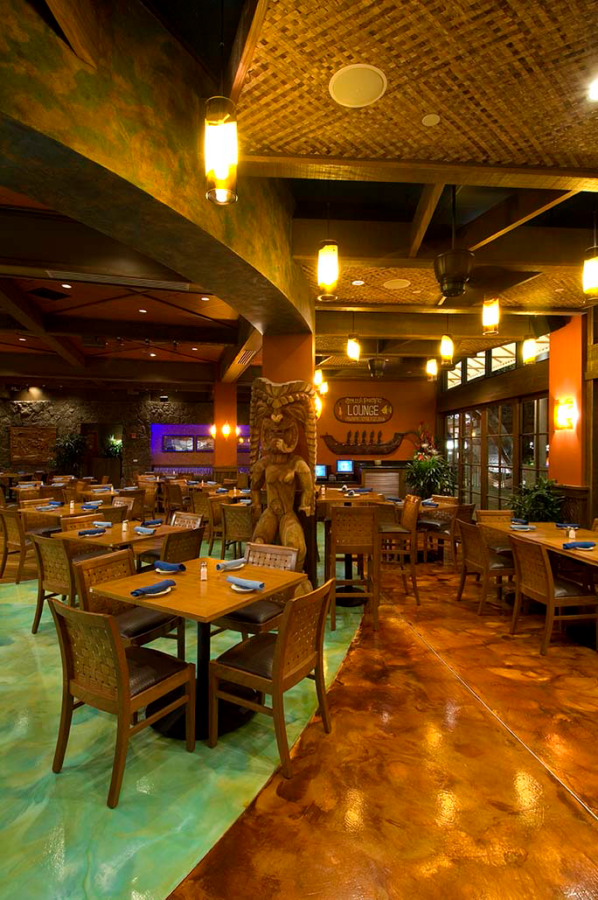
Tiki bars gained popularity after World War II. Americans sought an escape from their everyday lives. They felt drawn to the South Pacific.
However, as time continued, tiki bars faced a decline in popularity during the 1970s and 1980s. The rise of disco and other cultural shifts led to a decrease in interest in the tiki aesthetic. Many establishments closed down, and the tiki trend seemed to be fading away.

Yet, in recent years, tiki bars have experienced a resurgence in popularity. The revival is happening because people miss the past, like fancy drinks, and want something different. Today's tiki bars have evolved beyond their original kitschy aesthetic, embracing a more refined and sophisticated approach.
Modern tiki bars mix Polynesian traditions with current design styles. The decor can have bamboo and thatched roofs, but it is also mixed with modern furniture, art, and lighting. The focus has shifted from creating a caricature of Polynesian culture to celebrating its rich history and craftsmanship.
Moreover, the cocktail offerings at modern tiki bars have also evolved. Bartenders now make more than just traditional tiki drinks. They create many new and unique cocktails, alongside popular ones like the Mai Tai and Zombie. These drinks have special ingredients, homemade syrups, and fancy decorations, making the tiki drinking experience even better.
Tiki bars now have more diversity and fullness. They display wood carvings and outrigger canoes, along with the physical changes. Critics used to criticize Tiki bars for copying and simplifying Polynesian culture. Many places are improving their atmosphere by displaying diverse and beautiful art.
